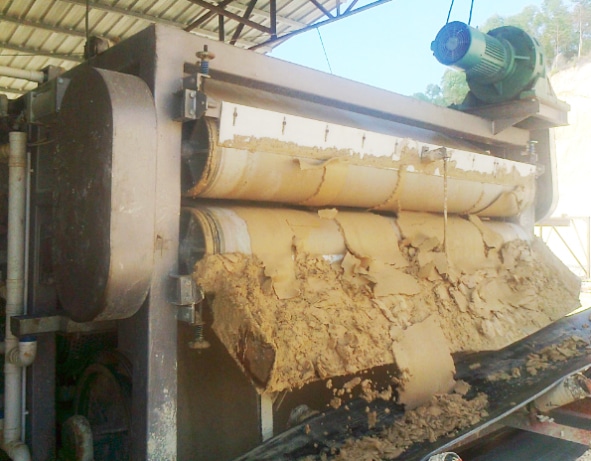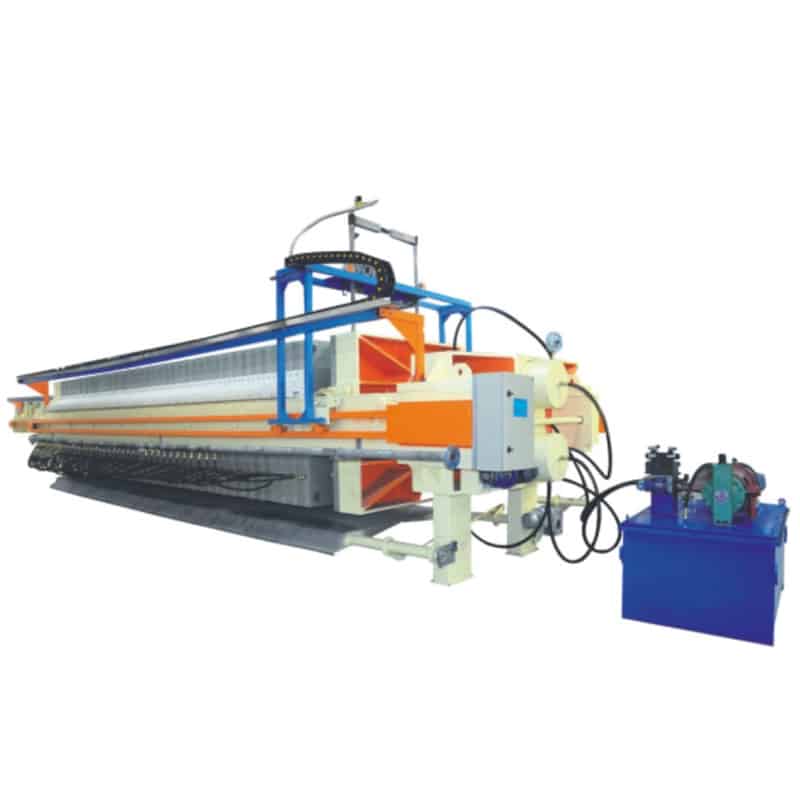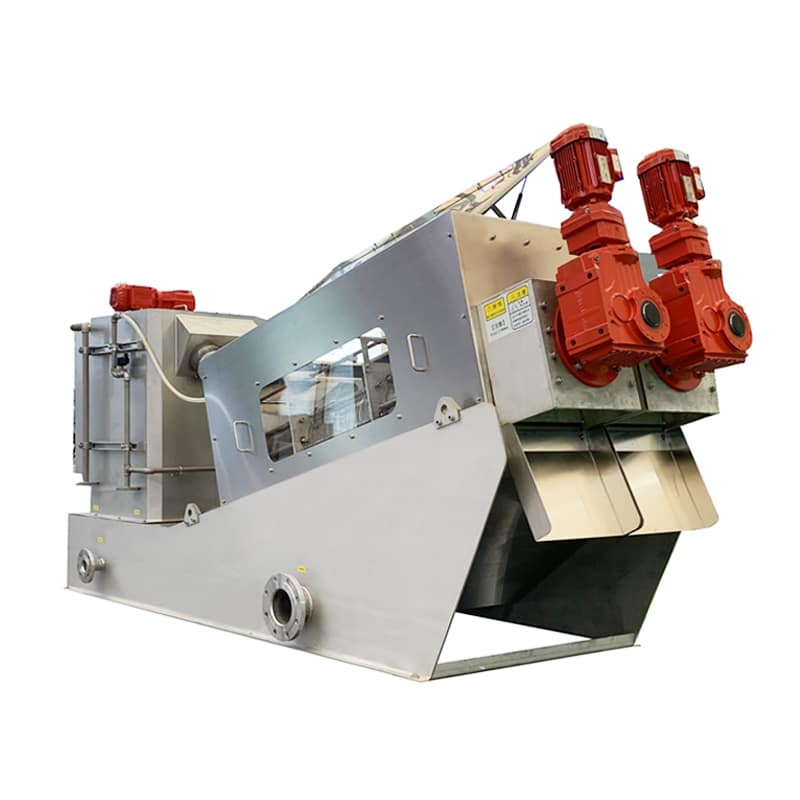What Is Sewage Sludge?
Sewage sludge is a by-product of wastewater treatment. Wastewater and stormwater enter the wastewater treatment system and flow into the wastewater treatment facility, where they first undergo solid-liquid separation, separating solid waste from liquid waste. These separated solids are sewage sludge, which contains many hazardous substances. Examples include chemicals and metals that leach out of the sewer itself; and new materials that are created in the wastewater treatment plant due to the combination of chemicals and organic compounds present.

After treatment, sewage sludge (also called biosolids at this point) is dried and added to landfills, applied as fertilizer to farmland, or bagged and sold with other materials as “biosolids compost” for agricultural and landscaping use.
Types of Sewage Sludge
There are primarily two types of sewage sludge: primary sludge and secondary sludge.
- Primary Sludge: This sludge is formed from the solids that settle out of wastewater during the primary treatment process. It consists mostly of raw organic material.
- Secondary Sludge: Formed during the biological treatment of wastewater, secondary sludge is the result of microorganisms that break down organic material. It typically contains more water and fewer solids than primary sludge.
Why Should Sludge Be Treated?
Clean water also cannot be recovered until the effluent is treated, unless the solids (sludge) in the effluent are separated. Once separated from sewage, sludge cannot be disposed of in its raw form because it contains harmful substances that may contaminate the natural environment and human health.
Today, sludge is seen as a valuable resource. Because sludge is treated through an “anaerobic digestion” water treatment process, water companies are able to recover biogas from the material and turn biosolids into nutrient-rich soil products. Some companies recover minerals such as phosphorus, a non-renewable resource, from the sludge. Thus, the value of sludge treatment has been focused on resource recovery.
How Is the Sludge Treated?
One of the most economical options chosen by many wastewater treatment plants is digestion. In the initial wastewater treatment step, raw sewage sludge is separated from the wastewater through several processes. The resulting sludge is transferred to a specialized water stream for treatment. Conventional digested sludge treatment usually follows the following steps: thickening, anaerobic digestion, sludge dewatering, followed by biosolids reuse.
Sludge Thickening
Sludge thickening is a low-energy step that separates more water from the solids prior to anaerobic digestion. It reduces the overall sludge volume and increases the proportion of solids in the sludge.
There are many methods or equipment to accomplish thickening. The simplest is gravity thickening, which uses gravity to precipitate the more solids portion of the sludge. It usually has a slow agitation mechanism that helps the “thickened” sludge settle at the bottom of the gravity thickener. Other thickening methods include dissolved air flotation, centrifugal thickening, and gravity belt thickening.

Sludge Digestion
There are two main types of digestion in municipal sludge treatment plants:anaerobic (without oxygen) and aerobic (with oxygen). Of the two methods, anaerobic digestion tends to be more cost effective and has the economic and environmental advantages of producing biogas and lower biosolids volumes.
Organic Solids Residual Dewatering
Sludge from anaerobic digestion is called biosolids and contains mainly water. Dewatering reduces the water content and, unlike thickening, requires more energy to produce a drier product.
Filter presses and centrifuges are commonly used dewatering techniques. Other dewatering methods and equipment include lagoons, sludge drying equipment and different presses, such as screw presses.


Disposal and Reuse of Sewage Sludge
After treatment, sewage sludge can be disposed of in several ways, or it can be reused beneficially:
- Land application: Treated sewage sludge, also known as biosolid, can be used as fertilizer in agriculture. However, this is only possible if the sludge has been treated to meet safety standards regarding pathogens and contaminants.
- Landfilling: If beneficial reuse is not possible, treated sludge may be disposed of in landfills. However, landfilling is typically the least desirable option due to the environmental concerns associated with leachate and long-term waste management.
- Energy recovery: Sewage sludge can be converted into biogas through anaerobic digestion, which can then be used as a renewable energy source.
Summary
Sewage sludge is an inevitable byproduct of wastewater treatment, but its proper management is essential to protect the environment and human health. With the right treatment methods in place, sewage sludge can be safely disposed of, or even reused in a beneficial way. As wastewater treatment technologies continue to evolve, finding sustainable solutions for sewage sludge management will remain a critical issue for environmental protection and resource recovery.
KUOSI offers sludge dewatering equipment, DAF systems, in addition to sludge dryers, sludge conveyors, aeration blowers, disinfection systems, dosing systems, wastewater screens, grit removal equipment, sludge scrapers and SBR decanters. Please contact us for further information.
